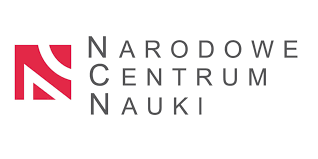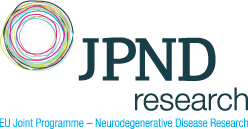<< back







ABC A transporter-targeted multi-OMICS network analyses for treatment development
National funding: BMBF (Germany), CIHR (Canada), MEYS (Czechia), MESR (Slovakia), ANR (France), NCN (Poland), CSO-MOH (Israel)
planned 2024-2026
![]()
![]()
![]()
![]()
![]()
![]()
![]()
![]()
![]()
![]()
Coordinator:
Jens Pahnke, University of Lübeck, Germany
Partners:
Jörg Gsponer, University of British Columbia, Canada
David Friedecky, Palacký University Olomouc, Czechia,
Andrej Kovac, Institute of Neuroimmunology, Slovak Academy of Sciences, Slovakia
Fabien Gosselet, Universite d’Artois, France
Maciej Lalowski, Adam Mickiewicz University, Poland
Dan Frenkel & Yossi Tsfardia, Tel Aviv University, Israel
Collaborators:
Tuula Nymann, University of Oslo / Oslo University Hospital, Norway & National Advanced Proteomics Infrastructure (NAPI)
Rada Koldamova & Iliya Lefterov, University of Pittsburgh, USA
Ondrej Soukup, University Hospital Hradec Kralove, Czechia
Abstract:
Identification of new drug targets with true clinical potential to treat or at least modify the disease course of neurodegenerative diseases (ND), such as AD and HD, has become a major challenge. Despite newly identified, GWAS-derived risk factors for AD, this type of genetic information only represents the surface layer of a deep multidimensional network impacting ND pathogenesis. For HD, as a primary genetic disease with a known locus, the view on its disease modification network is even more restricted. During recent years, members of the consortium have been focusing on multi-disease, multi-dimensional analysis of common disease modulators within the JPND NeuroGeM consortium, but also, for more than two decades, on targeted in vivo analyses of ABC transporter proteins in NDs (ABCA1, A7, B1, C1), of which A1 and A7 have just recently been highlighted in GWAS studies to be APOE-related risk markers for AD. From our own analyses using humanized mouse models, we already know that this is only part of the story, as ABC A transporters also modulate HD and PD severity and can suppress disease progression (unpublished). Leveraging the consortium’s broad expertise in studying NDs in silico, in vitro and in vivo (also from JPND PROP-AD and JPND PETABC consortia), we will assess existing and newly generated large-scale targeted OMICS data from animal/ cellular models and patient cohorts to unravel the interplay and interactions of metabolites, lipids and proteins contributing to ABCA1, A7 and APOE-related disease pathogenesis. We want to understand the complex and multi-factorial mechanisms taking place at the metabolism level – including regulatory and signaling aspects – that contribute to ND onset and progression. To this end, we will develop new means to translate findings from in silico modelling and analyses of multi-OMICS data to existing animal models (AD, HD, TAU, and PD) in order to enhance the understanding of these disease models. We will specifically focus on cross-talk between anabolic metabolism, ABC transporters and APOE. By doing so, we will enable the identification of more drugable targets that are linked to these risk factors’ activity and open up novel starting points for pharmacological interventions and possibly also prevention. Our work will also allow for a better disease understanding and the identification of novel metabolic biomarkers, which may help in disease monitoring and patient stratification for clinical studies.
Resources / Links:
Pahnke lab
Busch lab
Friedecky lab
Kovac lab
Gosselet lab
Frenkel lab
Tsfardia lab
Nyman OUS core facilty – NAPI
Koldamova&Lefterov lab
Soukup lab

